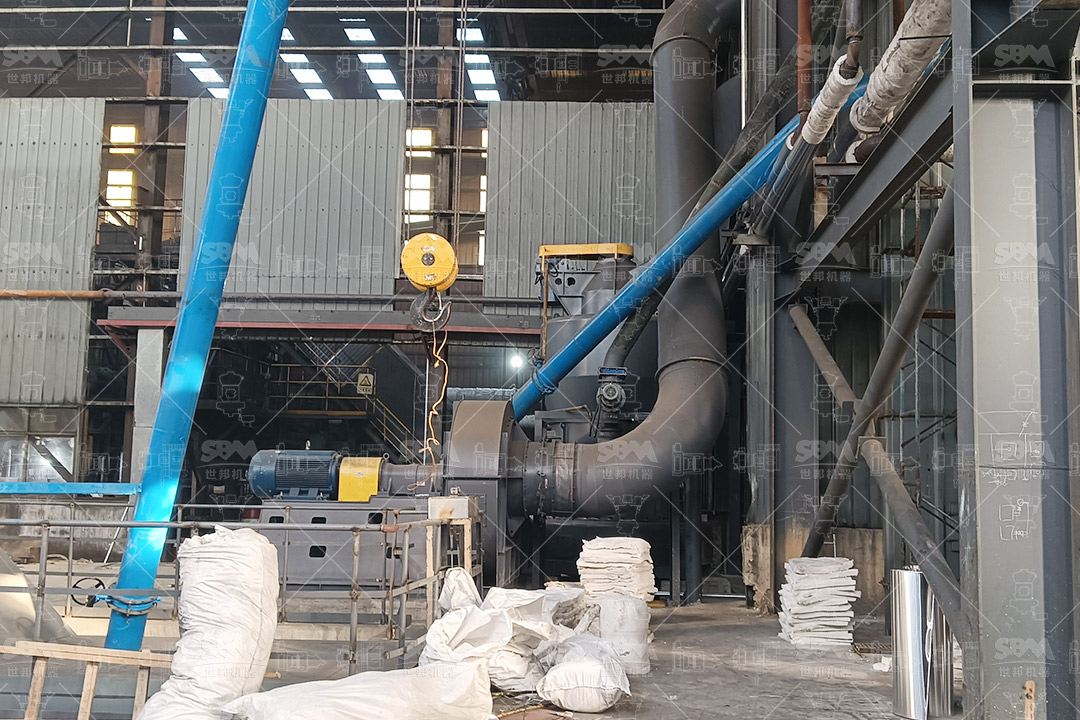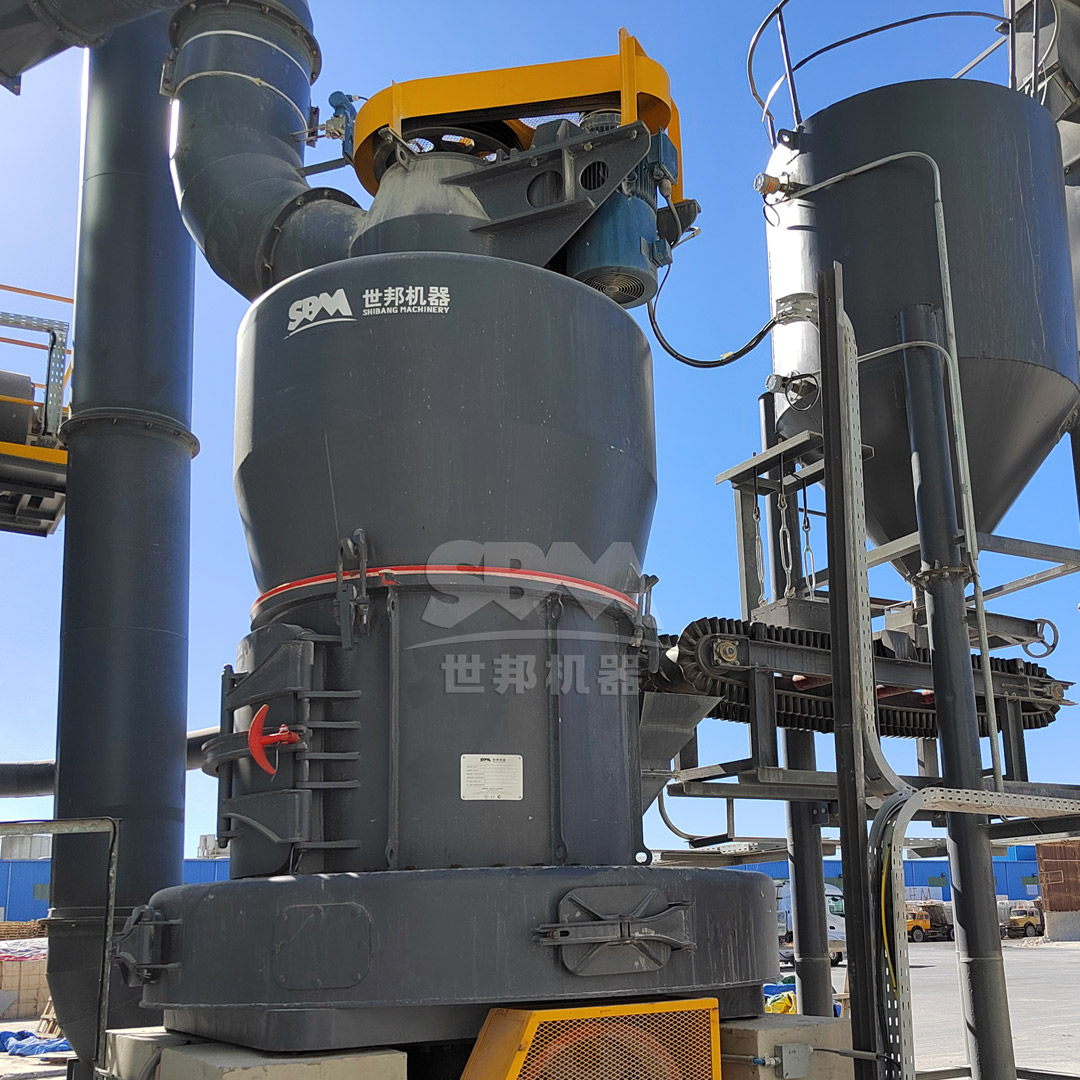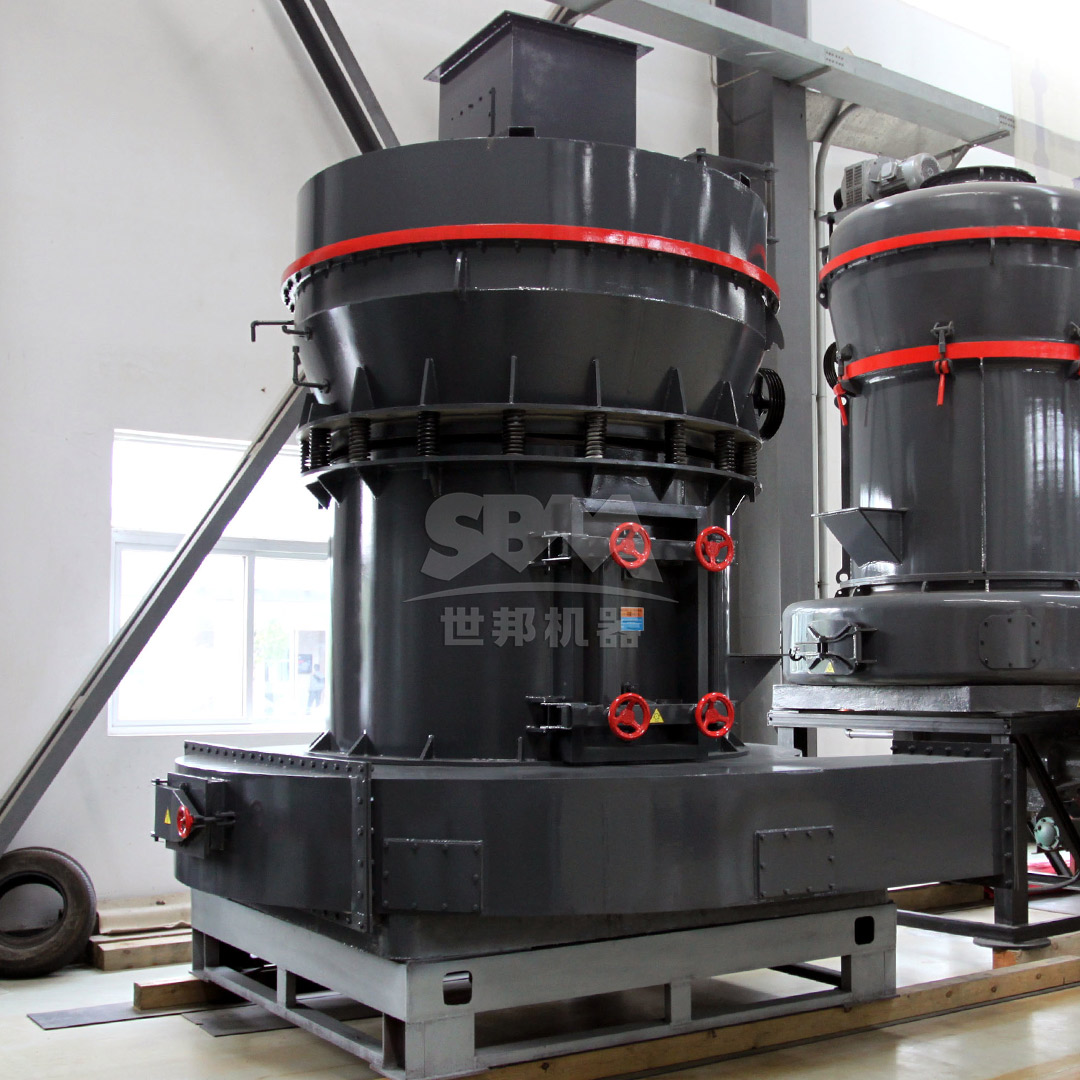The gypsum board manufacturing industry has undergone significant technological transformations over the past decades, with efficiency and product quality becoming paramount concerns. At the heart of this evolution lies the grinding technology used to process raw gypsum into the fine powder required for board production. Vertical Roller Mills (VRMs) have emerged as the superior solution, offering substantial advantages over traditional grinding systems like ball mills and Raymond mills. This article explores how VRM technology revolutionizes gypsum processing, with particular focus on the technical innovations that drive efficiency improvements throughout the manufacturing process.

Gypsum board manufacturing begins with the precise processing of raw gypsum rock into a consistent, fine powder. The quality of this powder directly impacts the final product’s strength, fire resistance, and dimensional stability. Traditional grinding methods often struggle to achieve the optimal particle size distribution while maintaining energy efficiency. The introduction of vertical roller technology has addressed these challenges through innovative engineering solutions that optimize the entire grinding process.
For optimal board formation, gypsum powder must meet specific particle size criteria. The ideal distribution includes a balanced mix of fine particles (for smooth surface finish) and slightly coarser particles (for structural integrity). Vertical roller mills excel at producing this controlled distribution through advanced classification systems that precisely separate particles according to size.
One of the most significant advantages of VRMs in gypsum processing is their remarkable energy efficiency. Compared to traditional ball mills, vertical roller mills typically reduce energy consumption by 30-50%. This substantial saving stems from the direct grinding principle employed by VRMs, where material is ground between the rollers and the rotating table, minimizing energy losses associated with impact and friction.
The grinding mechanism in VRMs operates with a lower specific energy consumption (kWh/ton) due to several factors: the efficient material transport system, optimized grinding pressure, and reduced ventilation requirements. For large-scale gypsum board manufacturing facilities, these energy savings translate to millions of dollars in reduced operational costs annually.
Vertical roller mills incorporate sophisticated classification systems that enable precise control over product fineness. This is particularly crucial in gypsum board production, where consistent particle size distribution ensures uniform setting times and optimal board strength. The integrated dynamic classifiers in modern VRMs can adjust product fineness in real-time, responding to variations in raw material characteristics.
This precision eliminates the need for secondary classification systems and reduces the incidence of off-spec product, directly improving manufacturing yield and reducing waste. The ability to maintain tight tolerances on product fineness (typically 325-600 mesh for gypsum board applications) ensures consistent board quality throughout production runs.

For gypsum board manufacturers seeking to maximize production efficiency, the LM Series Vertical Roller Mill represents the pinnacle of grinding technology. This system integrates multiple functions – including grinding, drying, classification, and conveyance – into a single compact unit, significantly reducing the plant footprint while improving overall system efficiency.
The LM Series offers several distinct advantages for gypsum processing:
| Model | Grinding Disc Diameter (mm) | Capacity (t/h) | Output Fineness | Main Motor Power (kW) |
|---|---|---|---|---|
| LM130K | 1300 | 10-28 | 170-40μm (80-400 mesh) | 200 |
| LM150K | 1500 | 13-38 | 170-40μm (80-400 mesh) | 280 |
| LM170K | 1700 | 18-48 | 170-40μm (80-400 mesh) | 400 |
| LM190K | 1900 | 23-68 | 170-40μm (80-400 mesh) | 500 |
| LM220K | 2200 | 36-105 | 170-45μm (80-325 mesh) | 800 |
The modular roller assembly system in the LM Series allows for quick replacement of wear parts, minimizing downtime during maintenance. The dynamic separator technology enables multi-stage adjustment, providing exceptional control over product fineness to meet the specific requirements of different gypsum board formulations.
For manufacturers producing specialized gypsum boards requiring ultra-fine additives or facing particularly challenging raw materials, the SCM Ultrafine Mill offers unparalleled performance. Capable of producing powders with fineness up to 2500 mesh (D97 ≤ 5μm), this system delivers exceptional product quality for high-value applications.
Key advantages of the SCM Ultrafine Mill for gypsum processing include:
| Model | Capacity (ton/h) | Main Motor Power (kW) | Feed Size (mm) | Product Fineness (mesh) |
|---|---|---|---|---|
| SCM800 | 0.5-4.5 | 75 | 0-20 | 325-2500 |
| SCM900 | 0.8-6.5 | 90 | 0-20 | 325-2500 |
| SCM1000 | 1.0-8.5 | 132 | 0-20 | 325-2500 |
| SCM1250 | 2.5-14 | 185 | 0-20 | 325-2500 |
| SCM1680 | 5.0-25 | 315 | 0-20 | 325-2500 |
The working principle of the SCM Ultrafine Mill involves a main motor driving a three-layer grinding ring to rotate, with material dispersed to the grinding path by centrifugal force. After roller pressing and layered grinding, the final powder collection is completed by a cyclone collector and pulse dust removal system, ensuring maximum efficiency and product quality.
When evaluating grinding solutions for gypsum board manufacturing, the advantages of vertical roller mills become particularly evident through direct comparison with traditional technologies. Ball mills, while reliable, suffer from high energy consumption, limited particle size control, and significant heat generation that can adversely affect gypsum quality. Raymond mills offer improved efficiency over ball mills but still fall short of VRM performance in several critical areas.
The comprehensive benefits of VRMs include:

Successfully implementing vertical roller mill technology requires careful consideration of the entire production process. The grinding system must be integrated with drying, calcination, and board formation operations to maximize overall efficiency. Modern VRMs offer flexibility in system configuration, allowing manufacturers to tailor the equipment to their specific raw material characteristics and production requirements.
Key integration considerations include:
The decision to invest in vertical roller mill technology must be supported by thorough economic analysis. While the initial capital investment for VRMs may be higher than traditional systems, the operational savings typically deliver a compelling return on investment. Key financial considerations include:
For most gypsum board manufacturers, the payback period for VRM technology investment falls between 18-36 months, with ongoing operational savings providing substantial competitive advantage throughout the equipment’s service life.
The evolution of vertical roller mill technology continues, with several emerging trends poised to further enhance efficiency in gypsum board manufacturing. Digitalization and Industry 4.0 concepts are being integrated into modern VRMs, enabling predictive maintenance, remote monitoring, and AI-driven process optimization. These advancements will further reduce operational costs while improving product consistency and equipment reliability.
Additional developments on the horizon include:
Vertical roller mill technology represents a transformative advancement for the gypsum board manufacturing industry. Through superior energy efficiency, precise particle size control, and reduced environmental impact, VRMs deliver substantial operational and economic benefits. The LM Series Vertical Roller Mill and SCM Ultrafine Mill exemplify the technological innovations that make these systems ideally suited for modern gypsum processing requirements.
As the industry continues to evolve toward more sustainable and efficient manufacturing practices, vertical roller mills will play an increasingly central role in helping producers meet their productivity, quality, and environmental objectives. By embracing this advanced grinding technology, gypsum board manufacturers can position themselves for long-term success in an increasingly competitive global market.